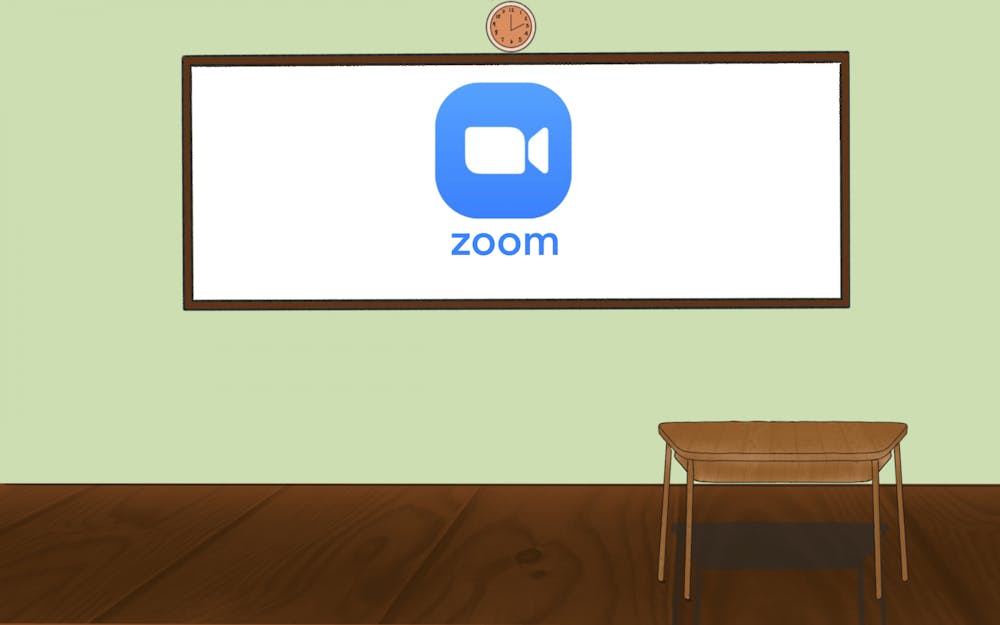Online courses became a new norm over the course of the pandemic. They offer more flexibility than typical face-to-face instruction. Online courses offer a plethora of forms ranging from synchronous to asynchronous — or unscheduled time — instruction.
However, online classrooms also pose risks: Zoomboming. There are inescapable distractions whether learning online or in person. A barking dog or person forgetting to mute the microphone interrupts others impacting Zoom meetings. Times are changing and academia needs to be ready for the needs of its students now and in the future.
We are plagued by rapidly evolving communities due to things such as transmittable diseases, new technology and new science behind urbanization.
Online instruction must continue to be an option because of its viability.
Last semester, I took the course SPH-N 120 Introduction to Foods with Camille Morse. Morse possessed impeccable skills at running a hybrid class during the pandemic. Introduction to Foods is a class with a lab and lecture. To make things more difficult, there were two professors teaching multiple lab sections.
Morse was the single lecturer for the course. During the twice a week lecture at two various times, she gave students lots of options. We could go to class at 4 or 5:30 p.m. either on Zoom or in person. The lab was very hands-on and required students to be physically present in IU's School of Public Health — alternate assignments were arranged when necessary.
I regularly attended in person and occasionally helped Morse take attendance during the 4 p.m. lecture. A sign-up sheet went around the auditorium for those in attendance. I would join Zoom while she lectured, making sure people were engaged while Morse went through the slide decks.
This proved to me that hybrid courses are effective. It allowed for people to be in their dorms if sick, at home or traveling. At the end of the semester, the course grade distribution was nearly identical to that of fall 2019.
Online courses offer flexibility and require responsibility. As we continue through the pandemic, this rang true — professors tightened their expectations. Online courses need to be viewed not as easier, but as an alternate learning environment.
There is one problem I associate with the growth of online learning platforms: human interaction cannot be gained through the computer screen. Our crippling social media-addicted society needs in-person interactions to avoid suction into the realm of web-based everything. My solution is that students must determine their expectations when deciding between online and in-person instruction.
Online learning should not be a solution for the lazy. It is a solution for those busy and where attending in person might not be a feasible option. Online learning is a great option for those suffering from mental health, working a job or living at home.
This semester, I am utilizing the continuation of online courses. I have two asynchronous courses. One is only taught asynchronously and the other is taught either synchronously in person or on Zoom, or completely asynchronously. I chose the asynchronous option to allow more flexibility to get involved on campus and condense my schedule.
I maintain appropriate uses of the online learning environment. With four in-person courses mostly Monday and Wednesday, I have one in-person course Tuesday and Thursday morning. This schedule allows me to have a longer weekend where I can get away from Bloomington if I need a break. Meanwhile, I am earning credit and furthering my degree progress.
I expect IU will continue to allow some fully online courses. If online courses would be beneficial to you, remember to look at the course description when registering for classes.
John Hultquist (he/him) is a junior studying community health with a double minor in urban planning and community development and nutrition.






